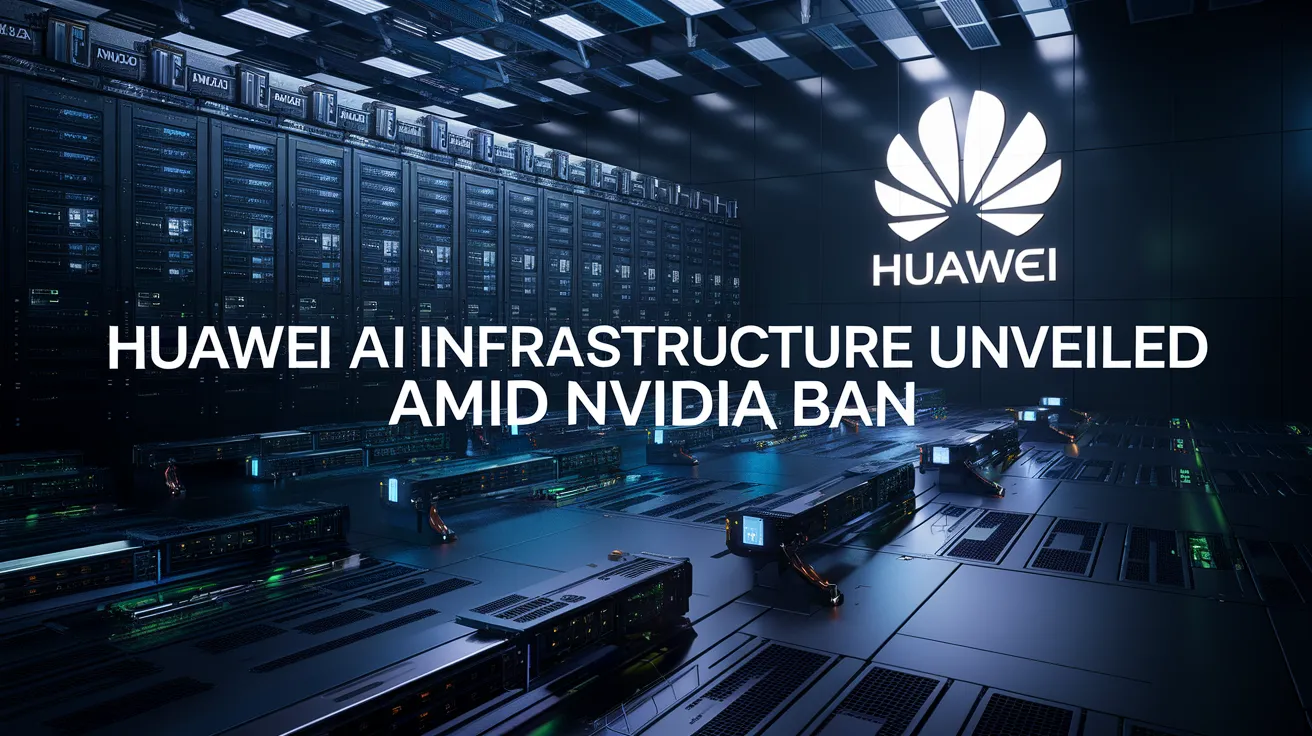Huawei AI Infrastructure Unveiled Amid Nvidia Ban

Huawei Unveils New AI Infrastructure
Amid the ongoing competition in the artificial intelligence landscape, tech giant Huawei has made significant strides by announcing its new AI infrastructure during the Huawei Connect conference held on September 18, 2025. This new infrastructure, designed to enhance computation capabilities, aims to boost Huawei’s competitive edge against established chipmaker Nvidia.
SuperPoD Interconnect Technology
At the conference, Huawei introduced a groundbreaking SuperPoD Interconnect technology that can link together up to 15,000 graphics cards, including the company’s own Ascend AI chips. This capability is particularly crucial as it facilitates higher compute power necessary for AI advancements. The SuperPoD technology stands as a direct competitor to Nvidia’s NVLink, which is well-regarded for enabling high-speed communication among AI chips.
Strategic Importance of Enhanced Compute Power
In an environment where powerful AI systems are increasingly vital, Huawei is positioning itself to offer a compelling alternative. While Huawei’s AI chips may not yet rival those of Nvidia in terms of raw power, the ability to cluster these chips together unlocks greater compute capacity. This feature is essential for training and scaling a variety of AI systems, marking a strategic move for Huawei as it seeks to strengthen its footprint in the AI marketplace.
Impact of Nvidia’s Hardware Ban in China
The announcement comes at a pivotal moment, following China’s recent ban on domestic tech companies from acquiring Nvidia’s hardware, which includes the RTX Pro 600D servers tailored for the Chinese market. This situation places Huawei in a unique position to cater to local demands while Nvidia finds itself restricted in its growth within China. Such geopolitical developments will surely influence the dynamics of the semiconductor industry and the broader AI landscape in the region.
As Huawei continues to build its AI capabilities, the impact of these technologies could reshape the competitive landscape, potentially allowing Huawei to emerge as a significant player in the AI sector, particularly in markets previously dominated by Nvidia.